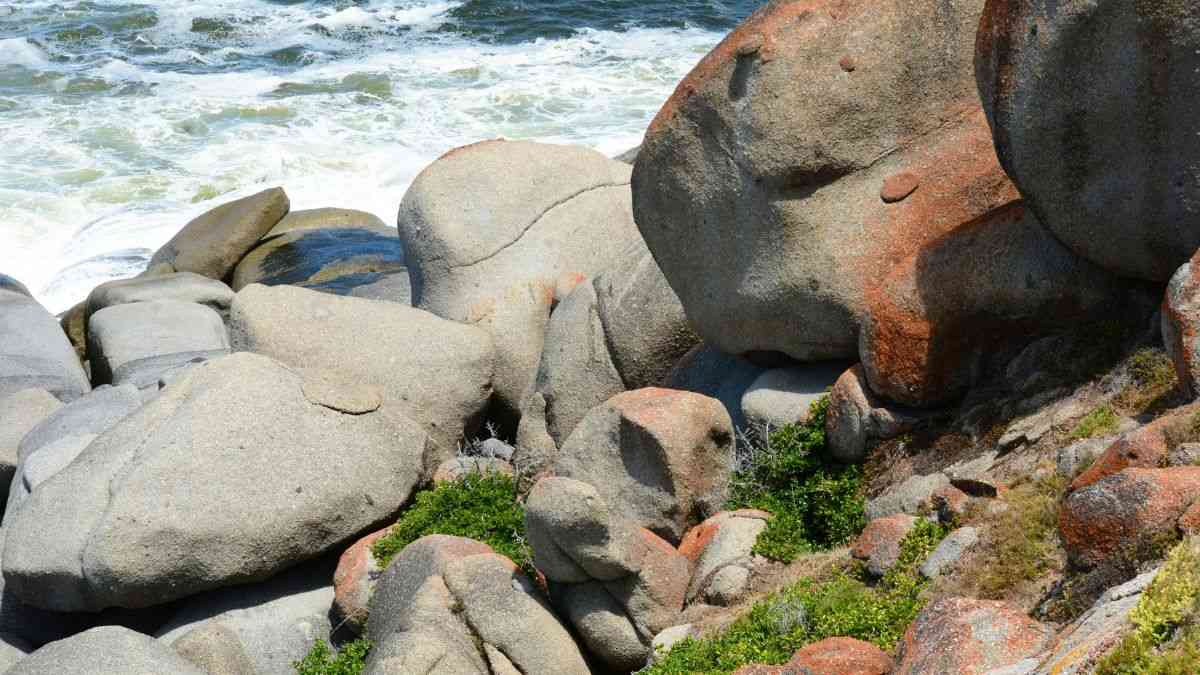Truth & Goodness
Scare, Divide, and Conquer: The Oldest Weapon in Politics
07 January 2026

Where did ocean oxygen come from? The latest research indicates that the oxygenation process occurred in two phases. The second—which continues to this day—began 390 million years ago.
In prehistoric oceans, the life-giving element of oxygen had to be present in significant quantities to allow for the development of the ancestors of today’s vertebrates, which then populated the entire planet. But where did it come from? The latest studies of sea rocks reveal an “oxygen flood” that filled the Earth’s oceans about 390 million years ago.
Scientists already knew about one such event. In the early Paleozoic era, around 540 million years ago, a significant amount of oxygen was introduced into oceans and seas worldwide. This moment in history led to evolutionary changes in fish, which developed jaws. Jawed fish are the probable ancestors of all vertebrates, including humans, along with all mammals, birds, reptiles, and amphibians.
However, the latest research by scientists from Duke University in the USA indicates that in addition to the first “flooding” of the oceans with oxygen in the early Paleozoic, a similar event occurred later, in the Middle Devonian, around 390 million years ago. Interestingly, this “oxygen flood” continues to this day. A detailed analysis of sea rocks helped in its discovery.
Would you like to read: Proximity to Water Shapes Lifespan: Oceans and Rivers Have Opposite Effects
The US scientists examined 97 rock samples from around the world, looking for traces of selenium. This element occurs in several varieties that differ in weight. If the amount of oxygen in the marine environment is high enough to support many species, the diversity of selenium types increases. When oxygen is scarce, selenium also appears in a less diverse form.
Thanks to a detailed analysis of the selenium content in rocks of different ages, the scientists determined that the influx of oxygen into the ocean from 540 million years ago was not the only one. After its conclusion, there was a pause in the supply of the life-giving element to marine environments. During this period, the oceans once again became uninhabitable for most species. Everything changed during the second “oxygen flood,” which, according to the researchers, began 390 million years ago and continues to this day.
It was this second event that coincided with the so-called Middle Paleozoic Marine Revolution—a period of rapid change in oceanic ecosystems. Animals began to explore new environments, and their bodies grew, supported by greater oxygen availability.
Where did such a large amount of oxygen in the oceans come from? It was probably a result of what was happening on land. The first animals were already walking on it, but that’s not the reason. During the start of the great “oxygen flood” over the oceans, plants with woody stems developed, which gave rise to today’s forests. These organisms produced more oxygen than previous evolutionary forms. The element entered the atmosphere and then dissolved in the oceans, reaching even their deep layers.
Although the study concerned conditions from hundreds of millions of years ago, its conclusions are surprisingly relevant. Today, oxygen levels in the oceans are stable. However, in some places, they drop to undetectable values, often due to human activity: fertilizers, pollution, and plankton blooms. We cannot afford for it to run out.
Read the original article: Skąd wziął się tlen w oceanach? Morskie skały kluczem do zagadki


Science
06 January 2026

Zmień tryb na ciemny